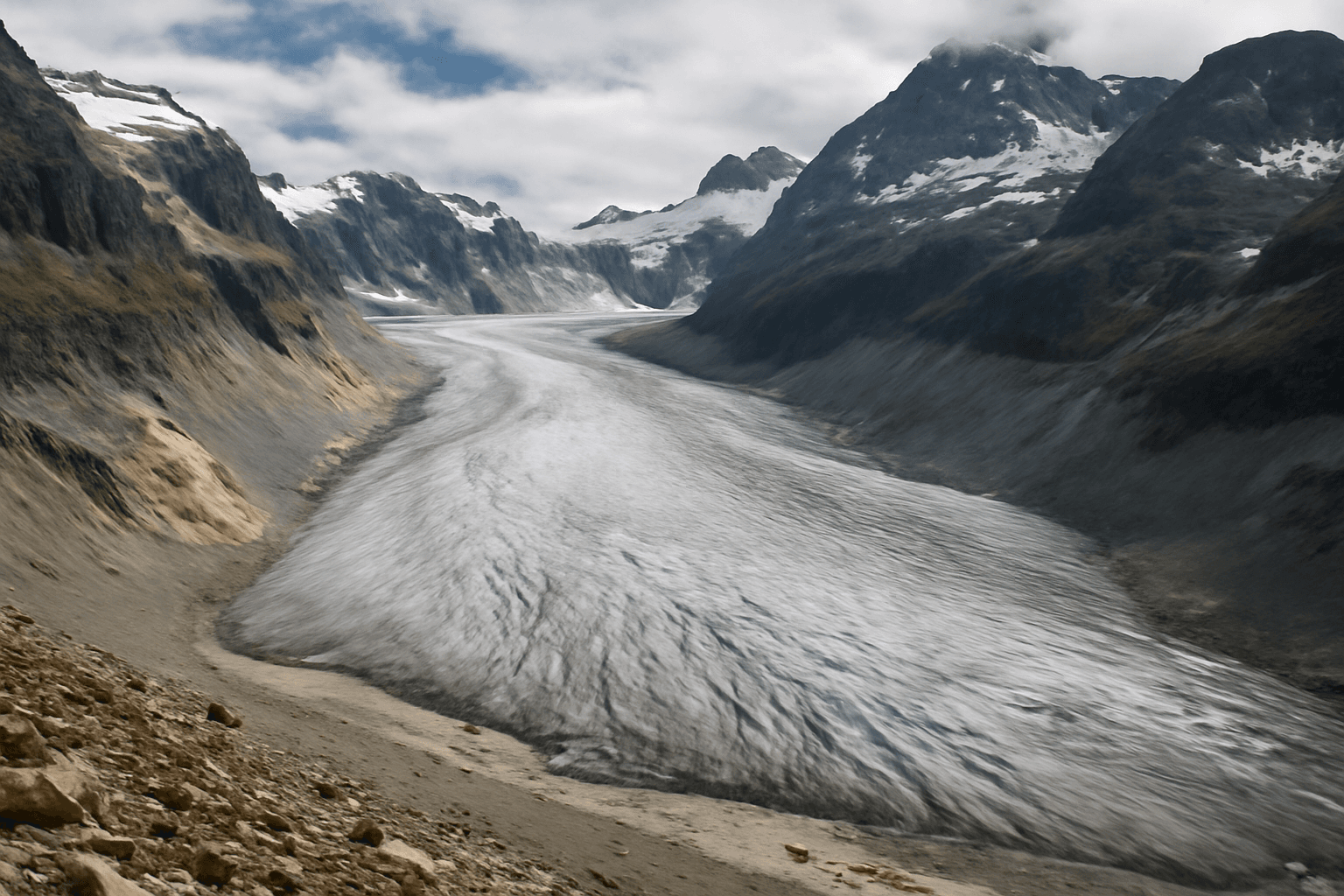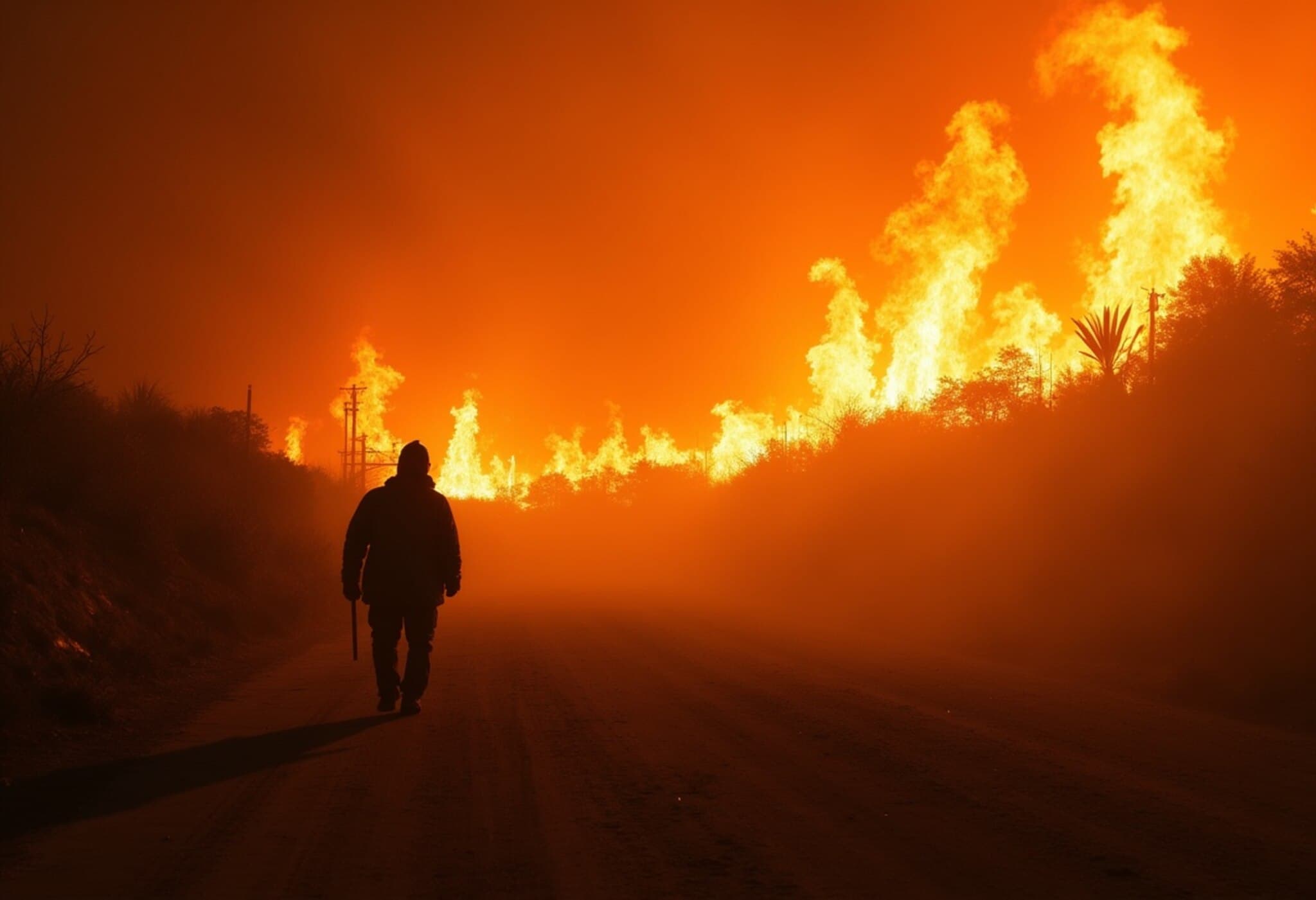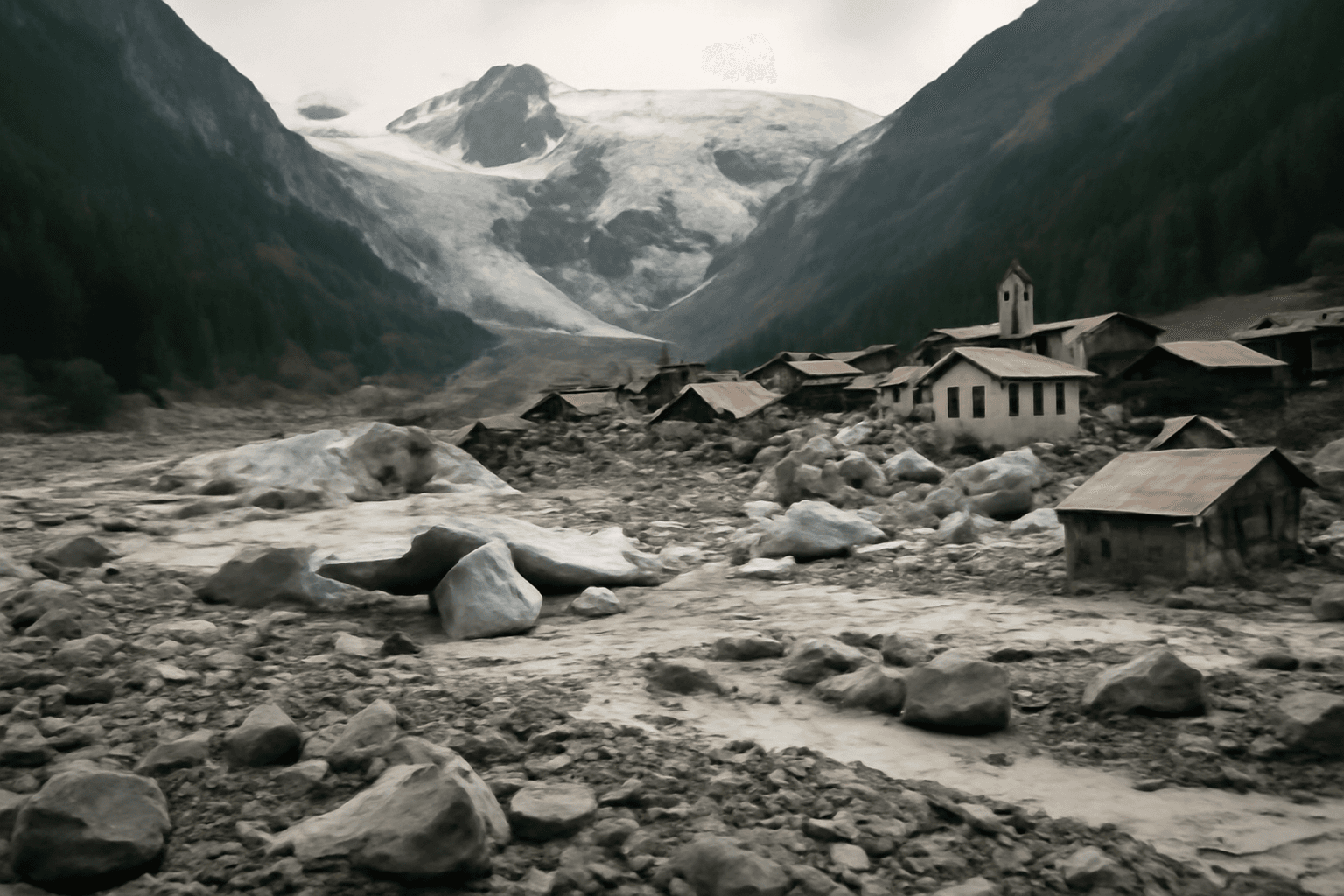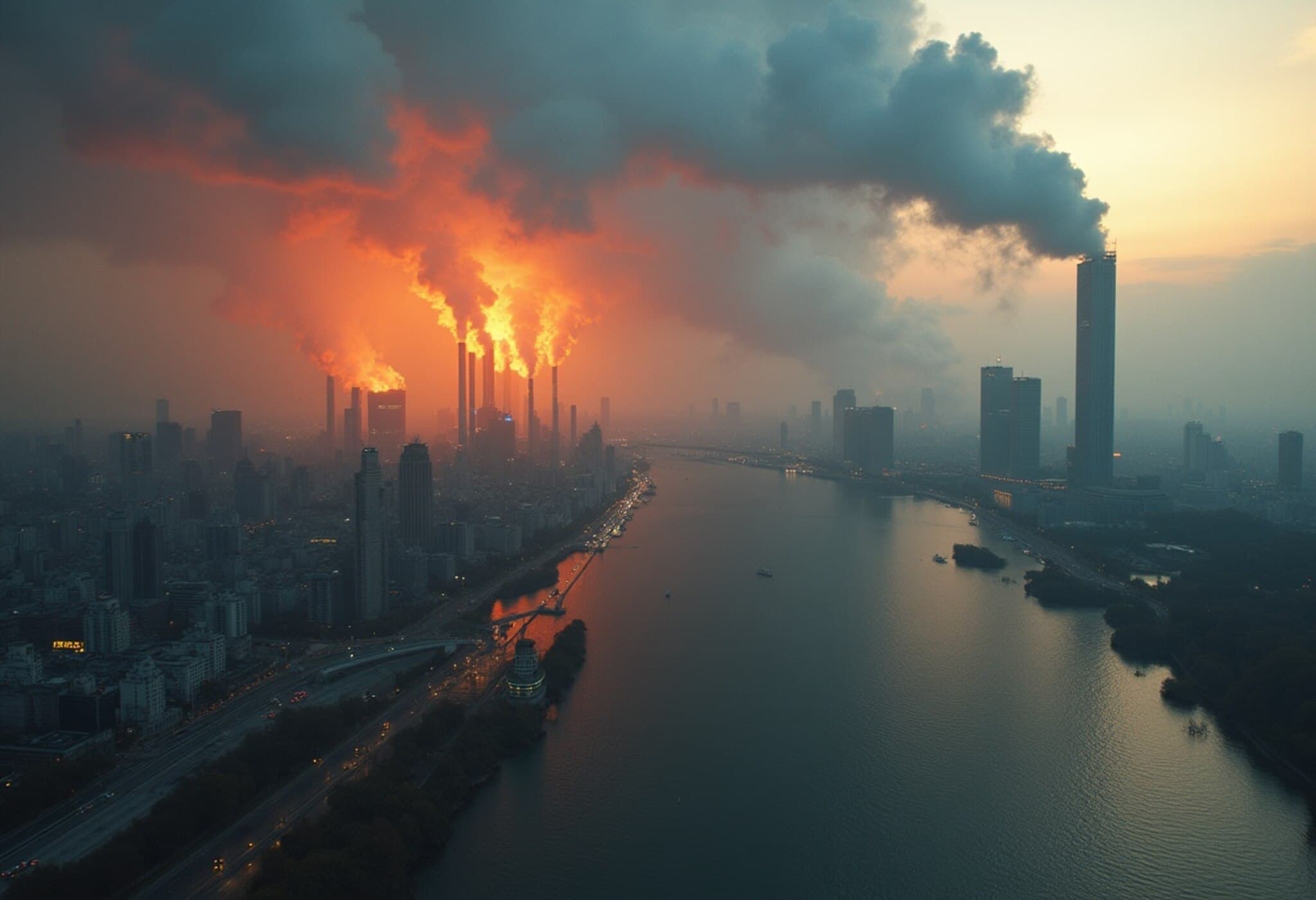Earth's Warming Climate Is Reshaping Clouds
Covering nearly two-thirds of the Earth's surface at any moment, clouds play a vital role in regulating our planet’s temperature by reflecting sunlight back into space. However, as temperatures climb—primarily due to human-driven increases in greenhouse gases—the behavior and distribution of clouds are shifting in a way that may accelerate warming even further.
The Crucial Role of Clouds in Climate Regulation
Clouds act as natural shields, cooling the Earth by bouncing sunlight away before it reaches and heats the surface. Not all clouds reflect sunlight equally, though.
- Bright, white clouds, especially near the equator where sunlight is strongest, are tremendously effective at reflecting solar energy.
- Meanwhile, grey, scattered clouds tend to reflect less sunlight, as do clouds situated closer to the poles where sunlight is less intense.
Recent findings have revealed that Earth is absorbing more solar energy than can be explained solely by greenhouse gas effects, hinting that changes in cloud cover and properties are a key factor.
Bright Cloud Zones Are Shrinking While Duller Clouds Expand
New research indicates that the zones dominated by highly reflective clouds are contracting. At the same time, areas characterized by broken, less reflective clouds—such as those found in subtropical trade wind regions—are expanding. The net result is an increased amount of sunlight hitting Earth’s surface, which not only raises temperatures but also contributes to a feedback loop of further warming.
Although factors like changes in atmospheric aerosols also influence cloud brightness, their impact appears secondary compared to the shifting size of these cloud-covered regions.
Global Wind Patterns and Their Influence on Clouds
Earth's atmospheric circulation is driven by the heating of air near the equator and the planet’s rotation. This creates vast, looping wind currents that dictate the location and behavior of cloud formations.
- The Intertropical Convergence Zone (ITCZ), close to the equator, is home to many reflective clouds but is now seeing declines in these cloud areas.
- The storm tracks, situated between 30 and 40 degrees latitude, are also losing bright cloud coverage.
- Conversely, the subtropical trade-wind bands—regions dominated by less reflective, broken clouds—are expanding.
A Dangerous Climate Feedback Loop
In essence, the warming driven by greenhouse gases is altering atmospheric winds, which changes cloud patterns—namely, reducing the coverage of bright, reflective clouds and increasing less reflective clouds. This shift allows more solar energy to reach Earth’s surface, amplifying warming further—a classic example of positive feedback in the climate system.
Understanding this cloud-climate feedback is critical for improving climate projections. Ongoing satellite observations monitoring cloud behavior and Earth's energy balance will be essential to refining our grasp of this process.



















